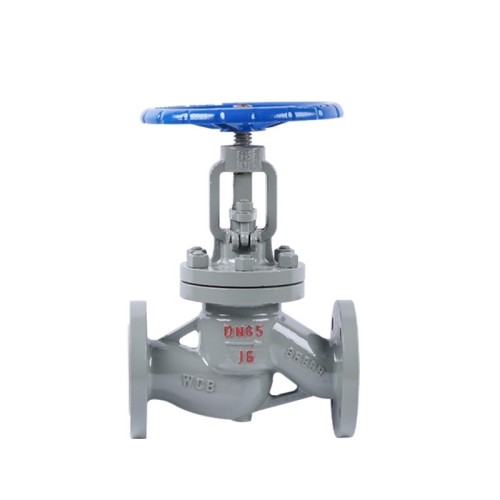blind flange end
Understanding Blind Flange Ends A Comprehensive Overview
In the realm of piping systems and industrial applications, the components used to connect and seal pipes play a critical role in ensuring system efficiency, safety, and longevity. Among these components, the blind flange end is one of the most significant. This article delves into the definition, applications, advantages, and specifications of blind flange ends, highlighting their importance in various industries.
What is a Blind Flange End?
A blind flange end is a type of flange that is used to close the end of a piping system. Unlike standard flanges, which allow for the connection of two sections of pipe, a blind flange does not have a central opening. Its main purpose is to seal off the end of a pipe, preventing the flow of fluids, gases, or other substances through the system. Blind flanges are crucial in maintenance operations, allowing for the safe isolation of sections of a piping system.
Applications of Blind Flange Ends
Blind flanges find their applications in a variety of industries, including oil and gas, chemical processing, water treatment, and power generation. Their versatility makes them suitable for different environments, whether they involve high pressure or extreme temperatures. Here are some specific applications
1. Pipeline Closure In scenarios where a section of a pipeline is temporarily out of service, a blind flange can be installed to seal the line securely.
2. Installation for Future Use Blind flanges are often used in new installations where future pipe connections are anticipated. The flange allows for an easy connection point later on.
3. Inspection and Maintenance During maintenance operations, blind flanges can be used to isolate specific sections of piping, enabling safe inspection and repairs.
Advantages of Using Blind Flange Ends
The use of blind flange ends offers numerous benefits
blind flange end

1. Cost-Effective Blind flanges are generally more economical than other sealing options, such as valves or fittings, especially in applications where a permanent closure is needed.
2. Safety and Reliability They provide a secure seal, preventing leaks and ensuring the integrity of the system. This is particularly critical in hazardous environments where leaks could pose safety risks.
3. Ease of Installation Blind flanges are relatively easy to install, requiring standard tools and fittings. This reduces installation time and labor costs.
4. Versatility With a variety of sizes, materials, and pressure ratings available, blind flanges can be tailored to meet different application requirements.
Specifications and Types
Blind flanges come in different specifications based on several factors, including material, size, and pressure rating. Common materials used in the manufacture of blind flanges include stainless steel, carbon steel, alloy steel, and plastic. The choice of material typically depends on the application's specific corrosion resistance and temperature requirements.
Blind flanges are categorized into several types, including
1. Flat Faced Blind Flanges These flanges do not have raised surfaces and are used primarily in low-pressure applications.
2. Raised Face Blind Flanges Featuring a raised surface, these flanges are more common in high-pressure applications and are designed to enhance sealing performance.
3. Spectacle Blinds A more complex design, spectacle blinds consist of a solid piece with a blind flange on one side and an open flange on the other, which can be rotated for flow control.
Conclusion
In conclusion, blind flange ends are essential components in the piping industry, providing effective solutions for sealing and isolating sections of piping systems. Their widespread applications, coupled with significant advantages like cost-effectiveness and reliability, make them a preferred choice for engineers and designers. Understanding the various types and specifications of blind flanges can aid in making informed decisions when selecting the appropriate components for a given system, ensuring efficiency and safety in industrial operations.
-
The Key to Fluid Control: Exploring the Advantages of Ball Valves in Industrial SystemsNewsJul.09,2025
-
The Versatile World of 1, 2, and 3 Piece Ball ValvesNewsJul.09,2025
-
Stainless Steel Ball Valves: The Ideal Choice for Efficient Flow ControlNewsJul.09,2025
-
Optimizing Fluid Control with Ball Float ValvesNewsJul.09,2025
-
Manual Gate Valves: Essential for Control and EfficiencyNewsJul.09,2025
-
Everything You Need to Know About Butterfly ValvesNewsJul.09,2025
-
The Versatility of Wafer Type Butterfly ValvesNewsJul.08,2025




